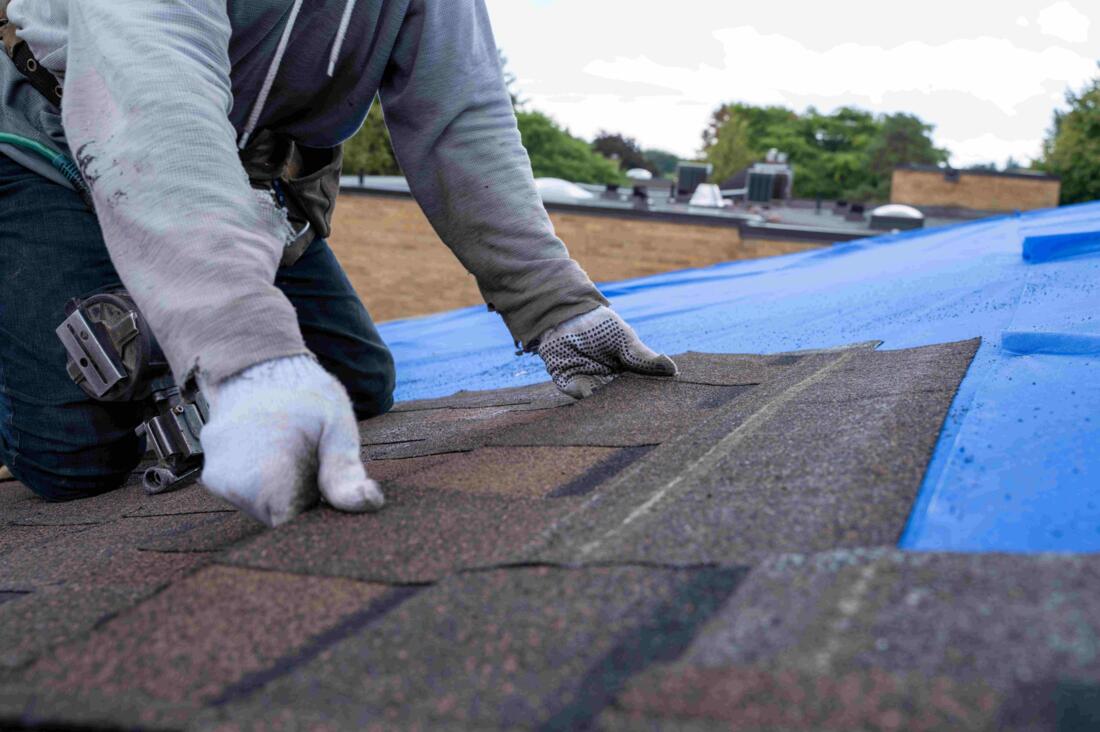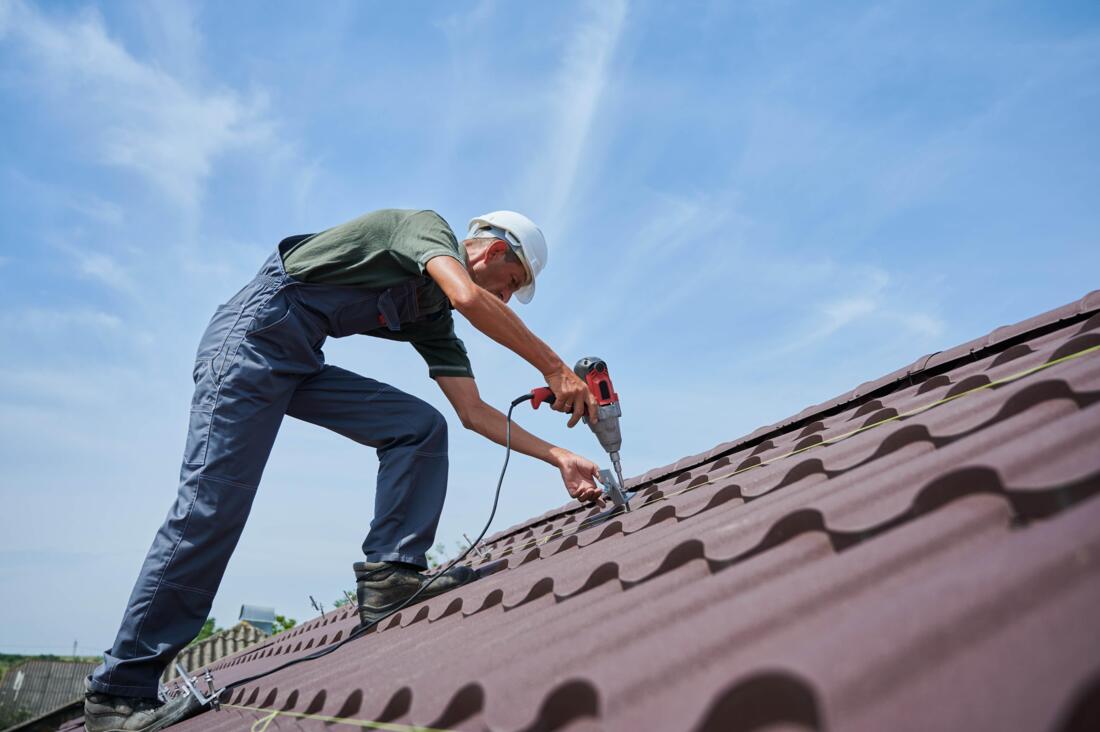The installation of a cool roof improves energy efficiency by reflecting a higher amount of sunlight and absorbing less heat. This helps reduce the reliance on air conditioning, leading to lower energy costs. The use of this technology also has the added benefits of decreasing greenhouse gas emissions, prolonging the lifespan of the roof, and combating urban heat islands. These advantages make cool roofs beneficial for both homeowners and the environment.
Cool Roofs: Saving Energy and Costs
Improving your home's energy efficiency is an important action to decrease your environmental impact and cut down on energy expenses. An inventive method to accomplish this is through the installation of a cool roof. Cool roofs are engineered to deflect more sunlight and take in less heat compared to traditional roofs, utilizing highly reflective coatings, materials, or roofing options. This reflective characteristic aids in keeping your home cooler in the summertime, lessening the reliance on air conditioning and subsequently reducing energy usage. Consequently, homeowners can benefit from significant savings on cooling expenses, while also playing a part in lessening urban heat islands, which can have adverse effects on communities by raising overall temperatures.

Benefits
Cool roofs offer advantages that go beyond mere financial savings and comfort. By diminishing energy consumption, they contribute to lowering the need for electricity, thus aiding in the reduction of greenhouse gas emissions and other harmful substances emitted by power plants. This is especially crucial in urban regions with high population density, where air quality is a pressing health concern. Furthermore, cool roofs can prolong the life expectancy of roofs and air conditioning systems by minimizing heat-related strain, resulting in decreased maintenance needs and increased cost-effectiveness.

Getting Started
To begin the process of installing a cool roof, homeowners should take into account various aspects such as the climate in their location, the type of roofing material currently in place, and the general state of their roof. Expert roofers can conduct evaluations and offer customized advice that aligns with specific requirements and local regulations. Opting for a cool roof not only makes sense financially but also demonstrates a proactive approach to creating a more sustainable and effective home. The potential for immediate and long-lasting cost savings, alongside the positive environmental effects, make a cool roof a valuable option for any homeowner seeking to improve their property's energy efficiency and lessen their environmental footprint.
Understanding the Different Types of Cool Roofs
Cool roofs come in various types, each designed to provide specific benefits based on the materials used. The most common types include reflective coatings, tiles, and membranes. Reflective coatings can be applied to existing roofs to enhance their reflective properties, while tiles and membranes are installed as new roofing solutions. These materials often feature high solar reflectance and thermal emittance values, ensuring that they effectively reject heat. Selecting the right type of cool roof is crucial, as factors such as local climate conditions and the building's architecture can significantly influence the performance and energy savings achieved.
The Role of Cool Roofs in Urban Development
As cities continue to expand, the urban heat island effect becomes increasingly problematic, where urban areas experience significantly higher temperatures than their rural surroundings. Cool roofs can play a vital role in mitigating this phenomenon, contributing to improved urban air quality and overall comfort. By implementing cool roofing strategies in urban planning, cities can reduce the need for air conditioning, thus lowering energy consumption and greenhouse gas emissions. Moreover, cooler urban environments can enhance the quality of life for residents, making cities more liveable and resilient against climate change impacts.
Financial Incentives for Installing Cool Roofs
Homeowners interested in installing a cool roof may find various financial incentives available to them. Many local governments offer rebates or tax credits to encourage energy-efficient upgrades, which can offset the initial costs of installation. Additionally, utility companies might provide incentives for reducing energy consumption, as cool roofs significantly lower peak demand on electricity grids. By taking advantage of these financial opportunities, homeowners can not only enhance their property's energy efficiency but also make a more economically sound decision that pays dividends in the long run through reduced energy bills.
Maintaining Your Cool Roof: Best Practices
Proper maintenance is essential to ensure the longevity and effectiveness of a cool roof. Regular inspections should be conducted to check for any damage or debris accumulation, as these can diminish the roof's reflective properties. Cleaning the roof surface periodically helps maintain its reflectivity, allowing it to perform optimally. Additionally, addressing minor repairs promptly can prevent more significant issues and costly repairs down the line. Homeowners should also consult with roofing professionals for guidance on maintaining their specific cool roofing system, ensuring they maximize its benefits for years to come.
Future Trends in Cool Roof Technology and Design
The field of cool roofing technology is constantly evolving, with innovations aimed at enhancing energy efficiency and environmental sustainability. Researchers are exploring advanced materials that not only reflect sunlight but also incorporate energy-generating capabilities, such as photovoltaic cells. Furthermore, the integration of green roofs with cool roofing systems is gaining traction, providing additional insulation and stormwater management benefits. As awareness of climate change increases, the demand for more sustainable building practices will likely drive further advancements in cool roof technology, making it an exciting area to watch in the coming years.
AI-Assisted Content Disclaimer
This article was created with AI assistance and reviewed by a human for accuracy and clarity.